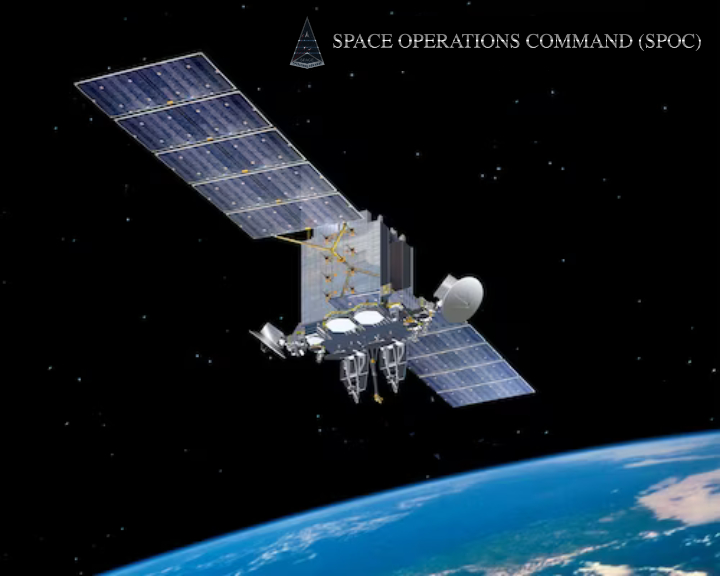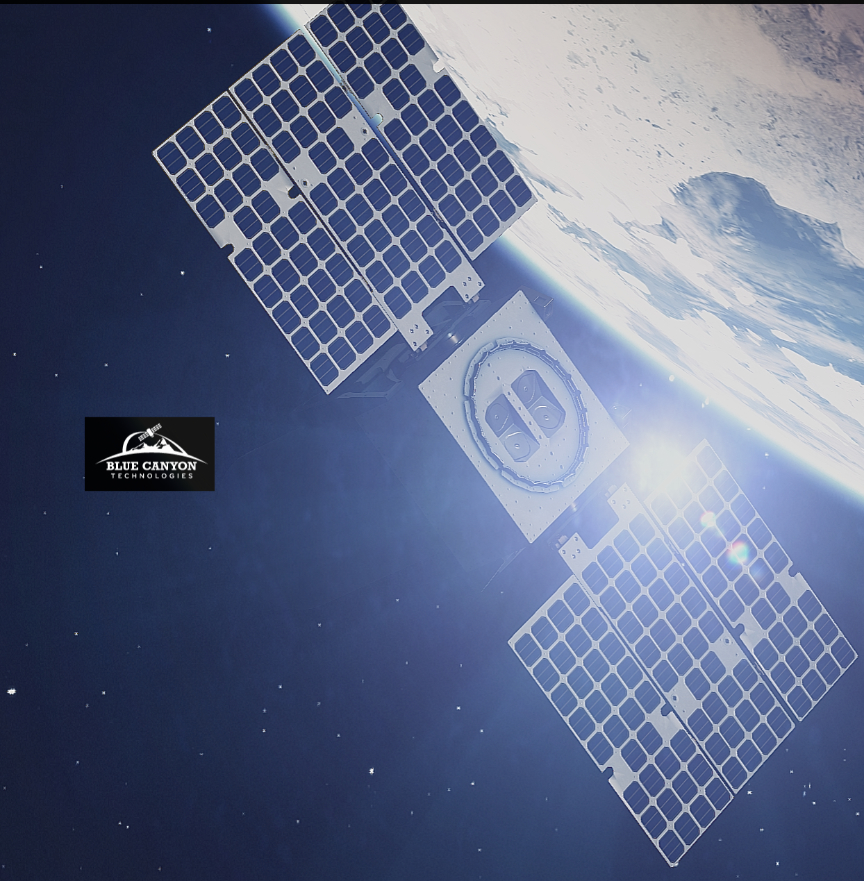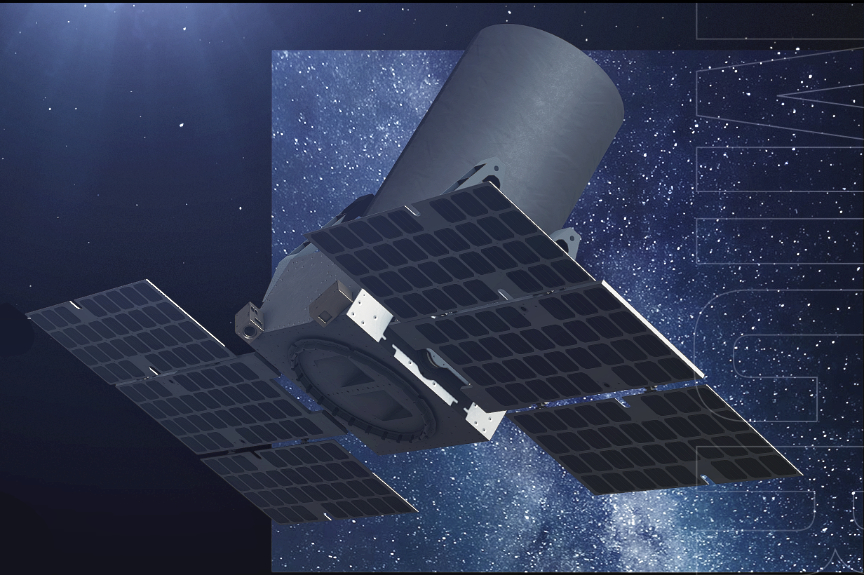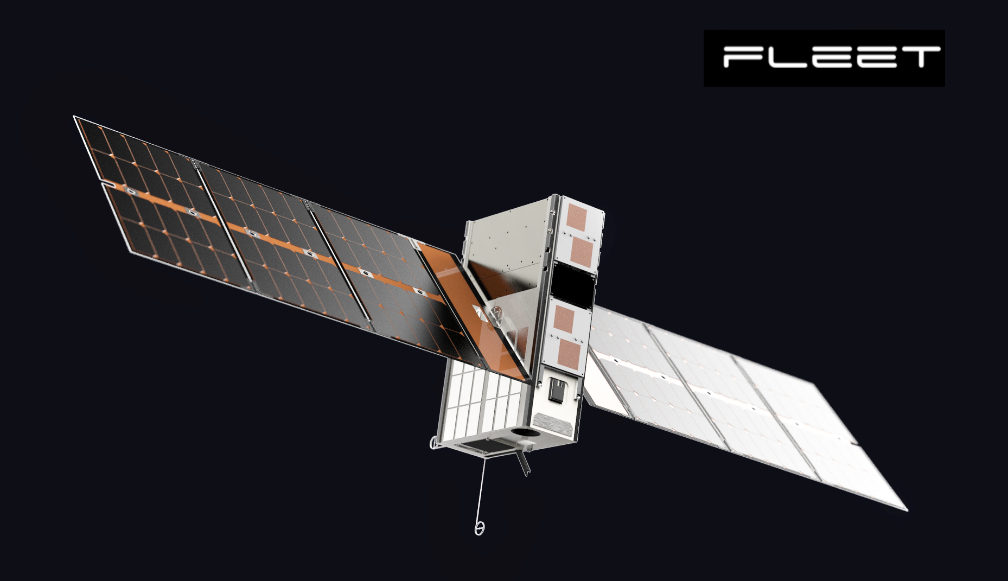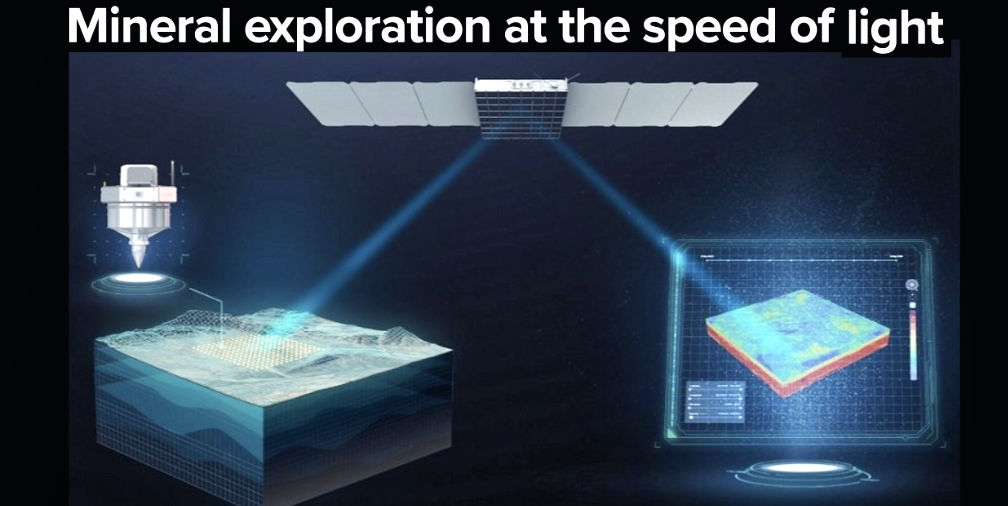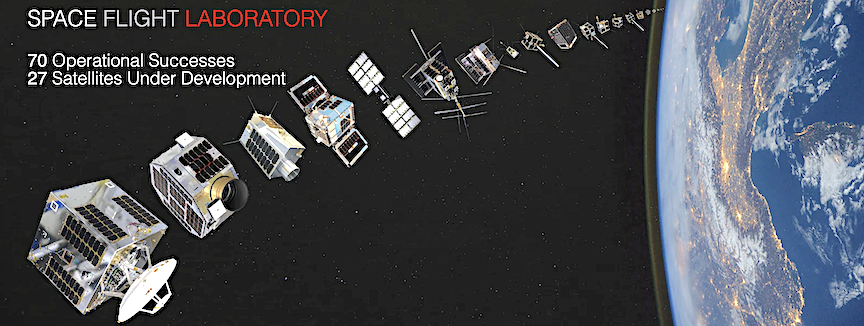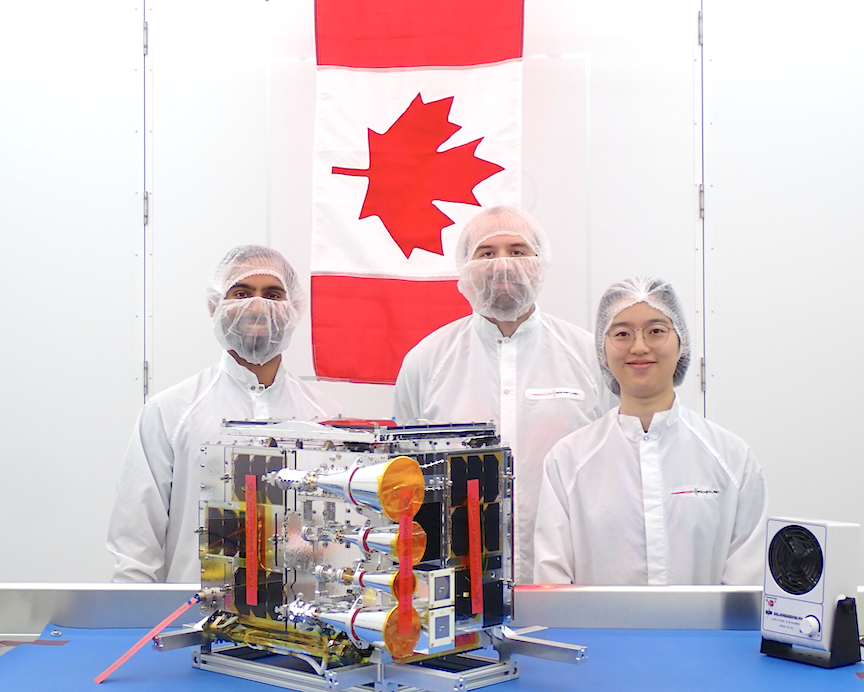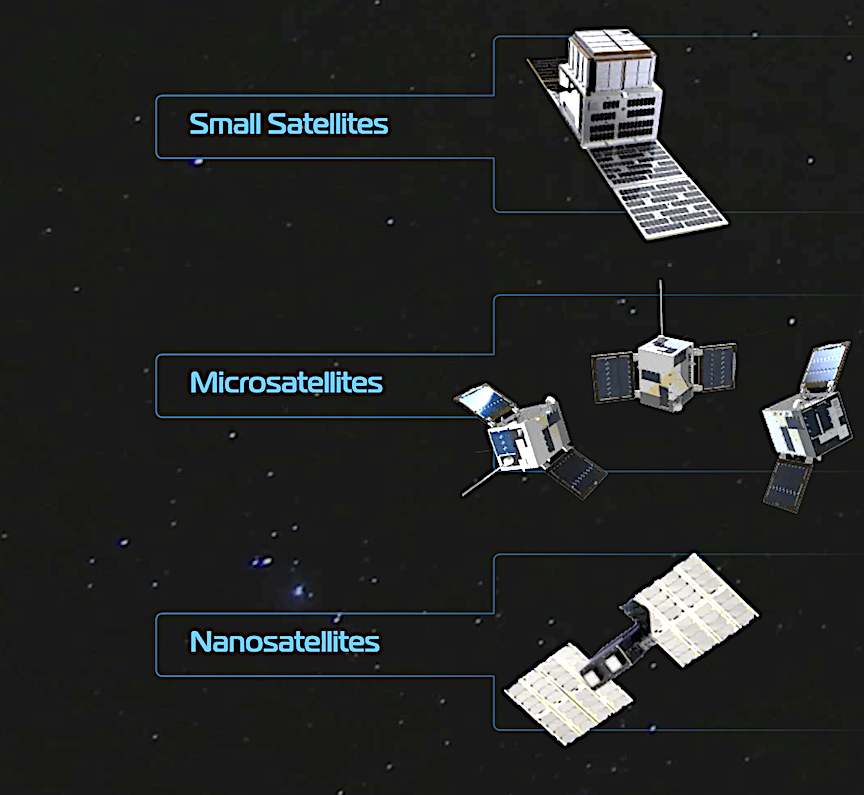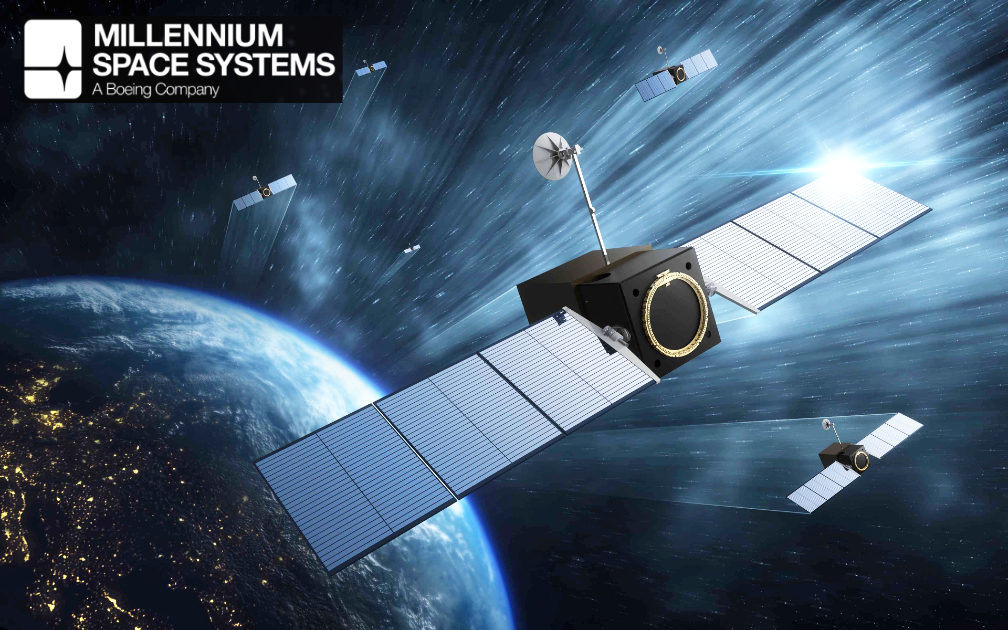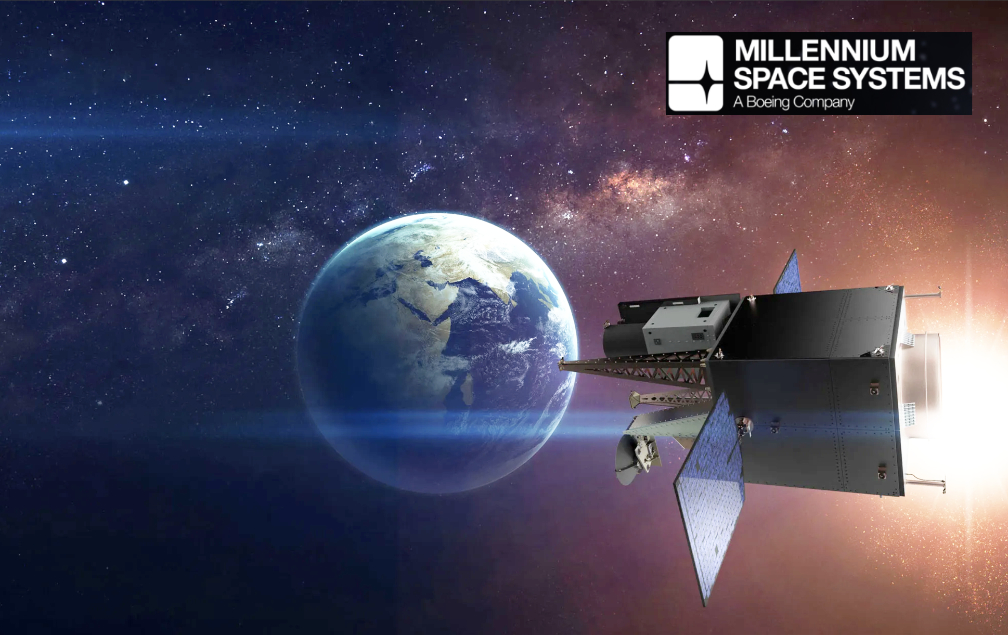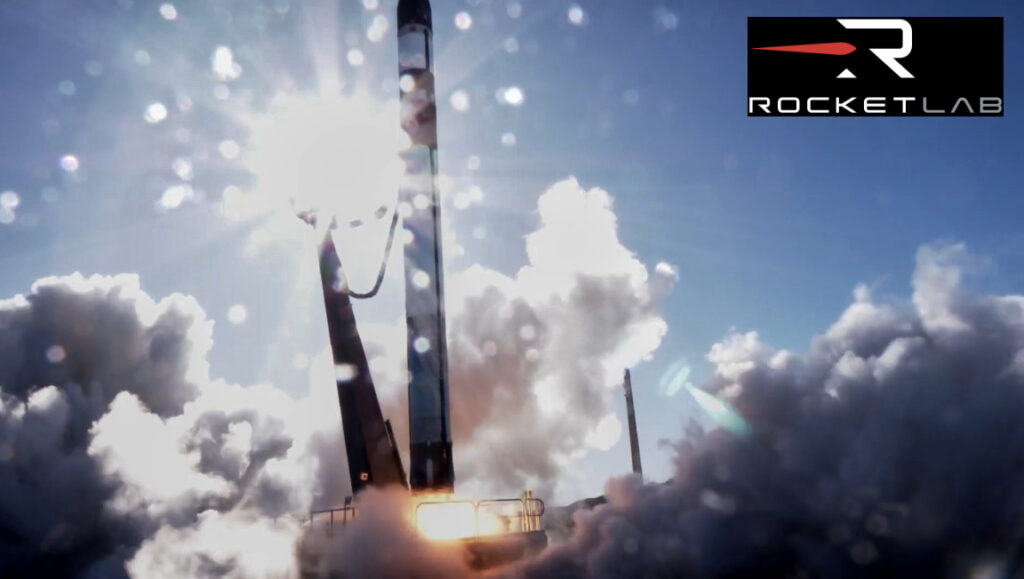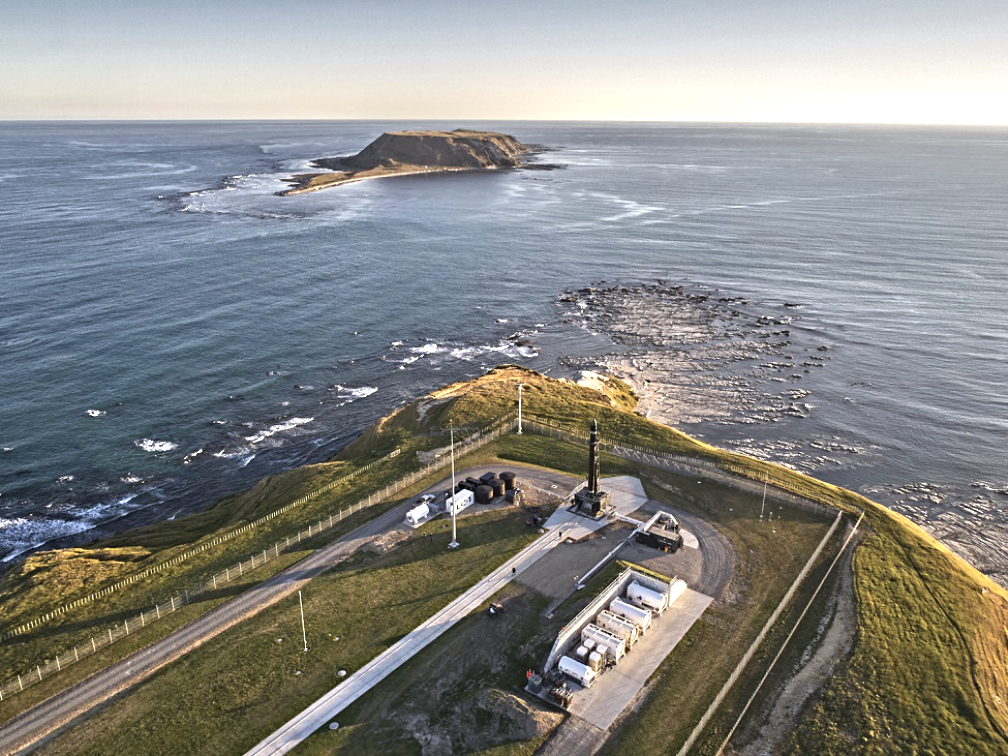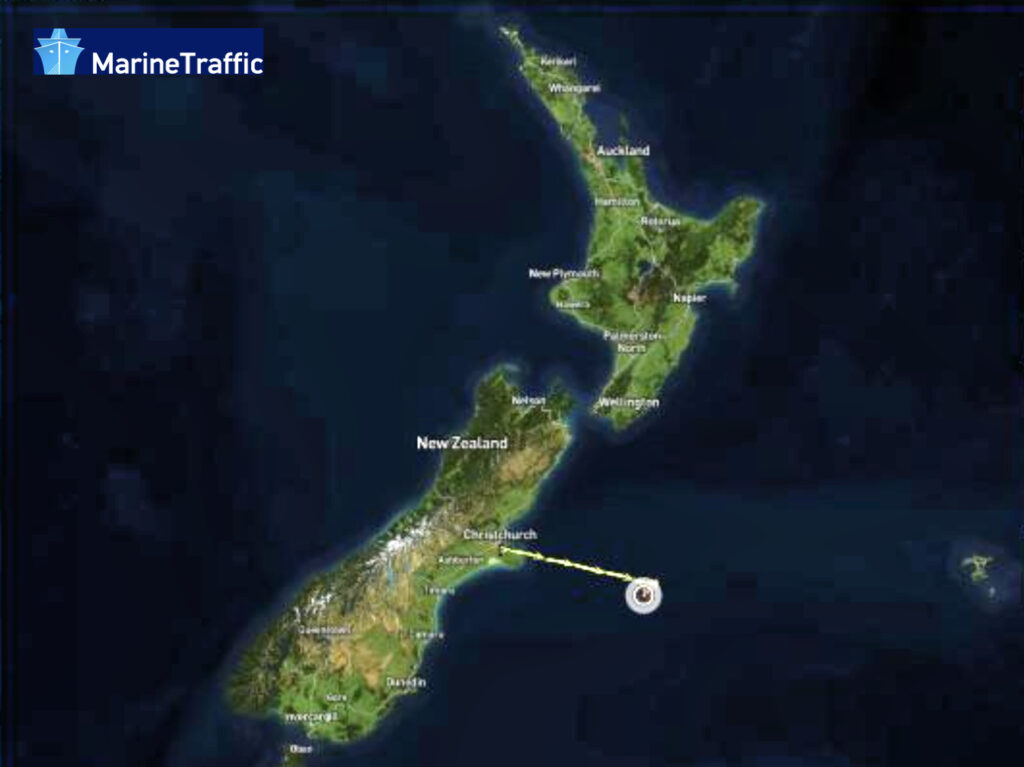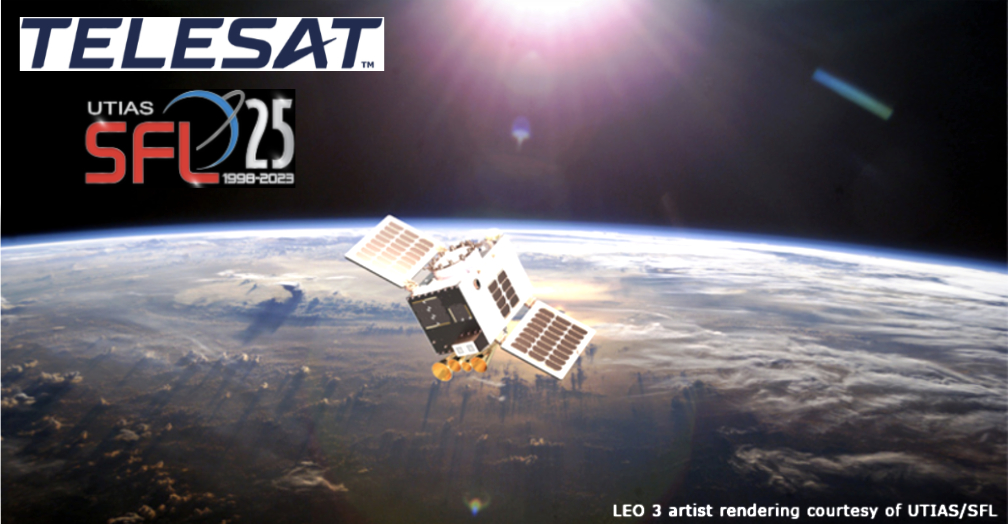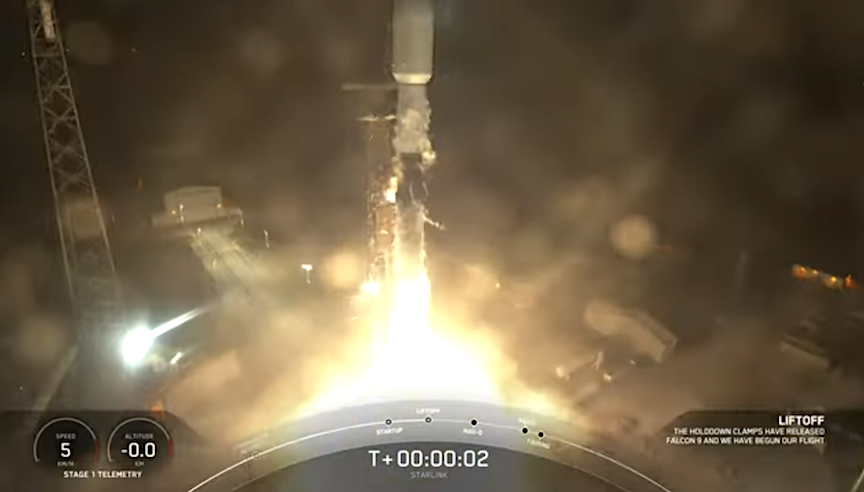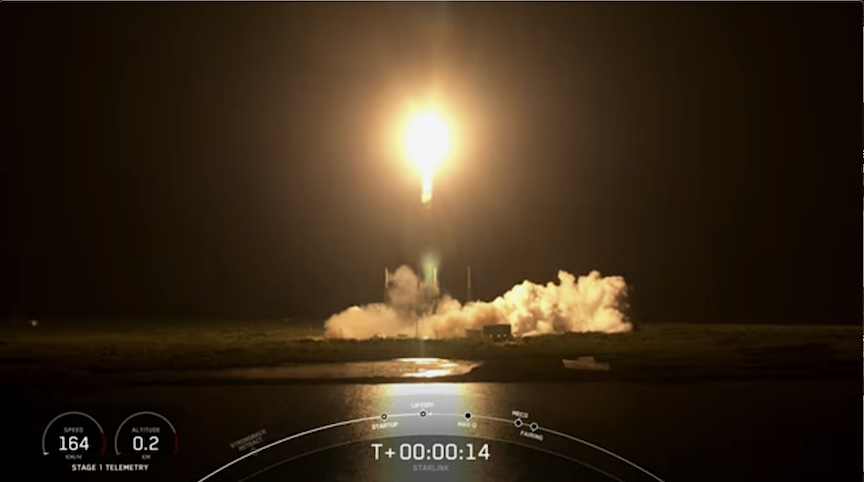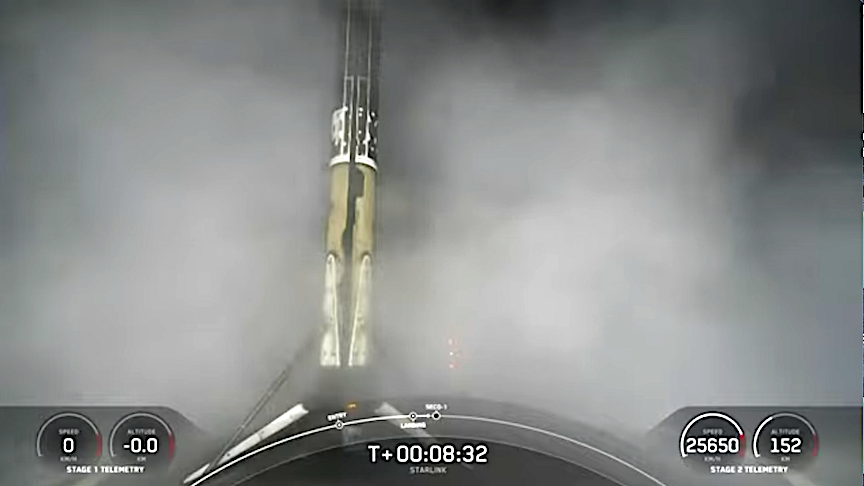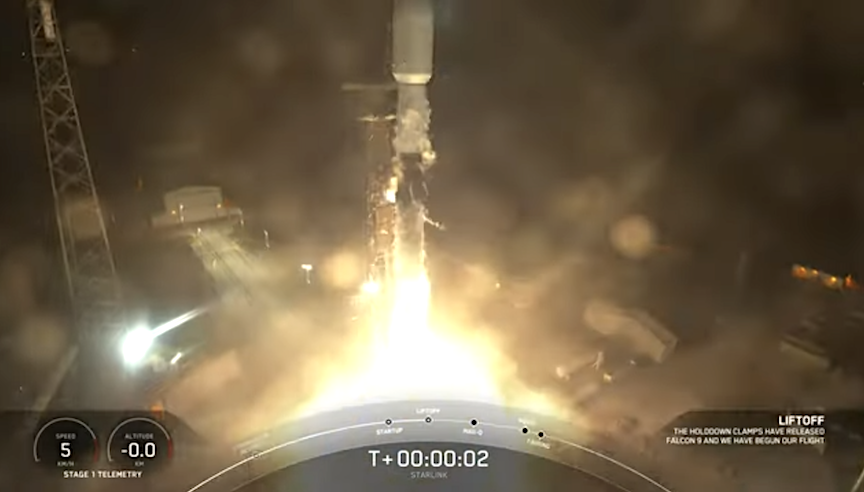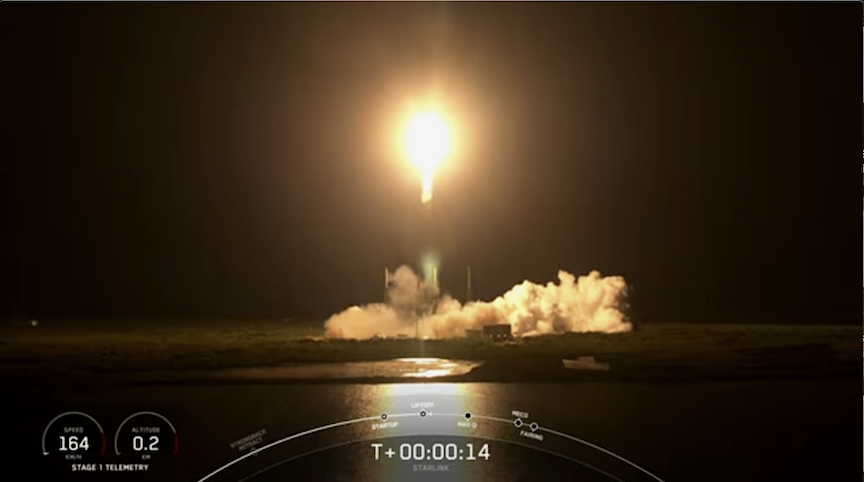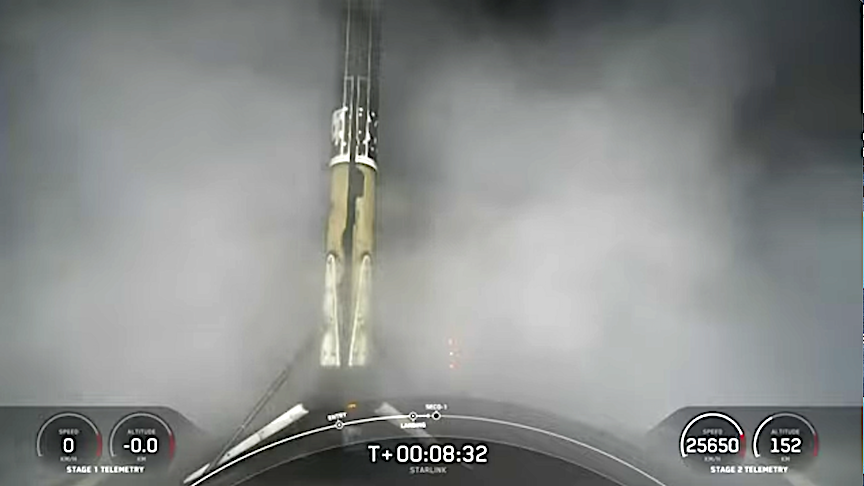
OneWeb Technologies Inc. has successfully concluded several demos with MITRE and the Department of the Air Force’s Program Executive Office for Command, Control, Communication and Battle Management (PEO C3BM) during the U.S. Indo-Pacific Command “Exercise Northern Edge,” which took place recently in Alaska at the Joint Pacific-Alaska Range Complex (JPARC).

OneWeb Technologies deployed several terminals across the JPARC, including locations in the Gulf of Alaska, at Joint Base Elmendorf-Richardson in Anchorage, and at Eielson Air Force Base in Fairbanks, Alaska. Leveraging parent company OneWeb’s terminals, the company demonstrated high-capacity, low-latency, SATCOM connectivity for afloat and ashore locations and served as a critical linkage for the USAF’s Advanced Battle Management System.

OneWeb Technologies provided an alternate commercial data transport pathway increasing battle network resilience that is key to the service’s Agile Combat Employment concept.

OneWeb Technologies personnel also worked with MITRE to perform initial usability and proof-of-concept testing in early spring in Bedford, Massachusetts, ahead of the Alaska-area exercise. The results of the OneWeb SATCOM testing consistently exceeded available MILSATCOM capabilities in terms of throughput, latency, and availability.
OneWeb Technologies’ expansion of its ground architecture is expected to be complete in early 2024, with access to OneWeb’s full constellation of more than 600 satellites on-orbit, offering global service by the end of 2023. Today, OneWeb Technologies is providing mission-essential services to civil, commercial, and defense customers throughout the northern hemisphere, and will be expanding services in the coming months. Other advanced capabilities are in test and evaluation, and OneWeb Technologies is working with various defense agencies to support specialized and boutique requirements in accordance with its “customer-led, simplicity-first” business model.
“I am proud of the team for what they have accomplished and with the results of these demonstrations. The performance we are seeing from the OneWeb constellation, the OneWeb Technologies secure ground network, and user equipment is the result of hard work, and great partnership with our Department of Defense and Federally Funded Research and Development Center (FFRDC) customers. SATCOM is the lifeblood of today’s connected, precision military. Without capabilities like OneWeb and OneWeb Technologies, the world is a less secure, less sure place,” said Steen. “I’m honored to be part of enabling our country’s National Security and lifesaving capabilities and am proud to be working with our defense partners around the world.” — Kevin Steen, CEO, OneWeb Technologies



